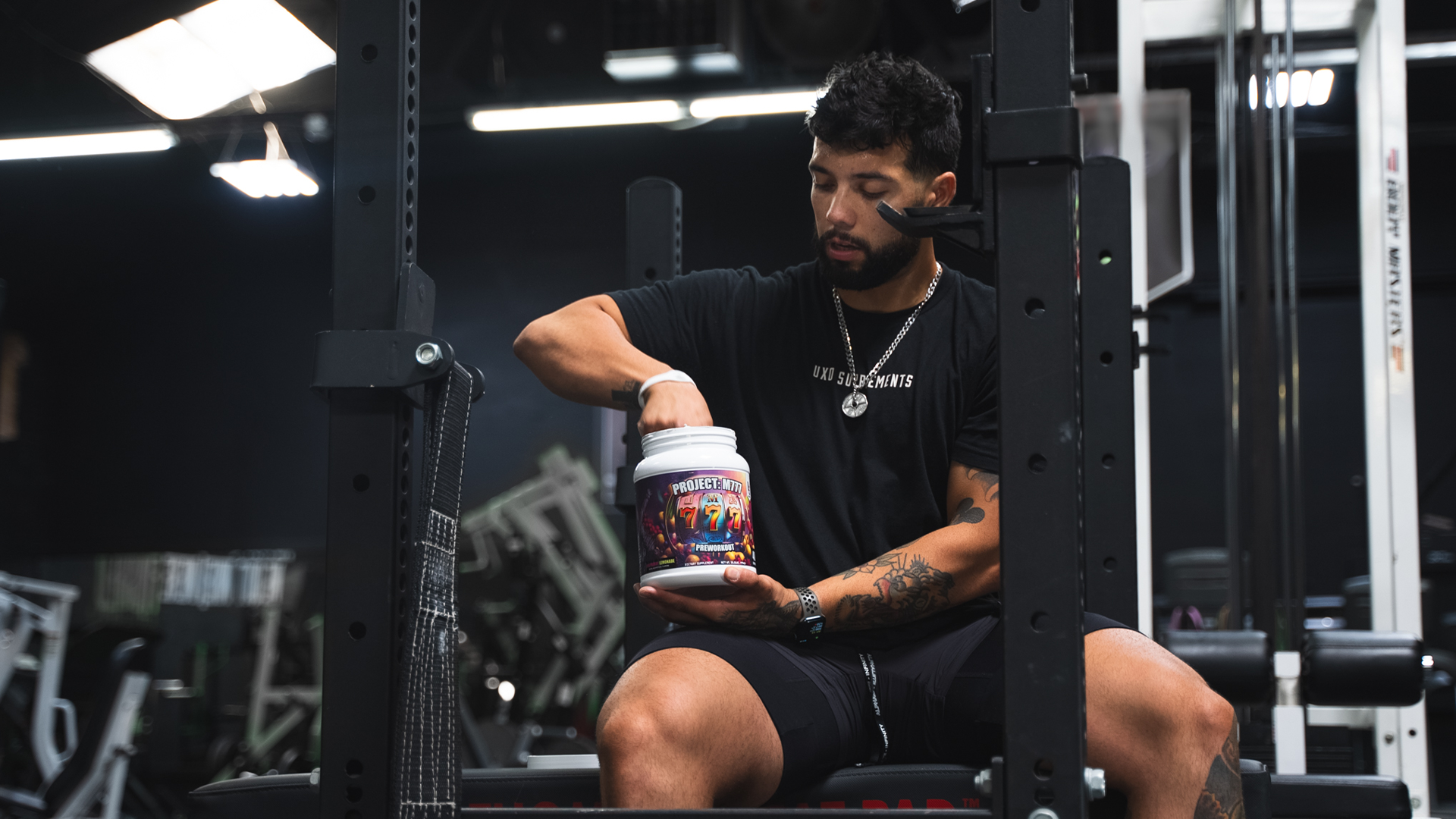In the world of fitness, athletes often face a tough choice: focus on building strength or improving endurance. The concept of being a “hybrid athlete” flips this dilemma on its head, allowing you to excel in both. As a hybrid athlete, you might be a weightlifter who wants to increase your running mileage or a runner looking to build muscle. Balancing these seemingly opposing goals can be challenging, but with the right approach, you can improve your endurance while maintaining, or even enhancing, your muscle mass.
What is Hybrid Athlete Training?
Hybrid training is the practice of blending endurance and strength training into a single program. Unlike traditional training that focuses on one aspect at a time, hybrid training aims to develop both muscle strength and cardiovascular endurance simultaneously. This approach creates well-rounded fitness, enhancing your ability to perform in various physical activities without compromising one aspect of your fitness for another.
The Dilemma: Running vs. Muscle Mass
Running, especially long-distance running, is known for its ability to burn calories and enhance cardiovascular health. However, it can also lead to muscle catabolism—where your body breaks down muscle tissue for energy—especially if your diet and training aren’t optimized. For those who have worked hard to build muscle mass, the idea of losing gains in pursuit of better endurance can be frustrating. But with strategic planning, it’s possible to increase your running mileage without sacrificing muscle mass.
How to Increase Running Mileage Without Losing Muscle
-
Optimize Your Nutrition
- Protein Intake: Ensure you’re consuming enough protein to support muscle repair and growth. Aim for 1.2 to 2.2 grams of protein per kilogram of body weight, depending on your level of activity and muscle mass.
- Caloric Surplus or Maintenance: While increasing running mileage, you may burn more calories than usual. Make sure you’re eating enough to compensate for this, maintaining at least a caloric maintenance level to prevent muscle loss.
- Carbohydrates: Carbs are your body’s preferred source of energy during endurance activities. Ensure you’re consuming enough to fuel your runs and prevent your body from breaking down muscle tissue for energy.
-
Incorporate Strength Training
- Prioritize Compound Movements: Focus on exercises like squats, deadlifts, and bench presses that engage multiple muscle groups. These exercises help maintain and build muscle mass.
- Strength Training Frequency: Continue to strength train 2-4 times a week, even as you increase your running mileage. Adjust the volume and intensity of your workouts to avoid overtraining.
-
Smart Programming
- Gradual Mileage Increase: Avoid sudden spikes in running volume. A good rule of thumb is to increase your total weekly mileage by no more than 10% per week. This gradual increase allows your body to adapt without excessive muscle loss.
- Run Slow to Run Fast: Incorporate slower, low-intensity runs to build your aerobic base. These runs are less taxing on your muscles and help increase your overall mileage without excessive stress.
-
Recovery and Sleep
- Rest Days: Allow for adequate rest between intense workouts. Your muscles need time to recover and grow, especially when you’re pushing them in both running and lifting.
- Quality Sleep: Aim for 7-9 hours of quality sleep per night. Sleep is when your body repairs muscle tissue and replenishes energy stores.
-
Use Supplements Wisely
- Creatine: Creatine is well-known for its muscle-building properties and can also help improve endurance by enhancing energy production in muscles.
- EAAs: Essential Amino Acids can help reduce muscle breakdown during endurance activities, making them a great addition to your supplement regimen.
- Electrolytes: Keep your electrolyte levels balanced, especially during longer runs, to maintain muscle function and prevent cramping.



















Leave a comment
All comments are moderated before being published.
This site is protected by hCaptcha and the hCaptcha Privacy Policy and Terms of Service apply.